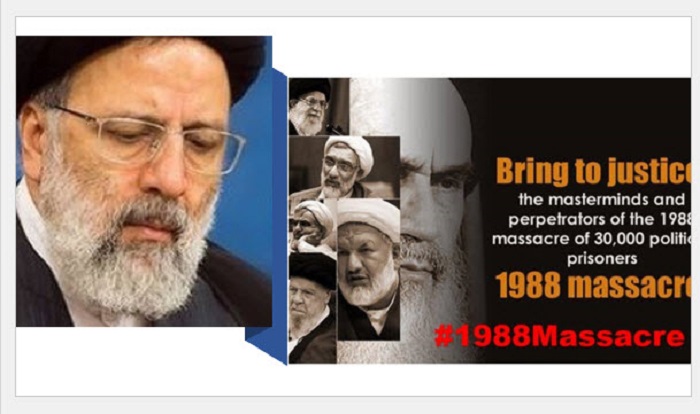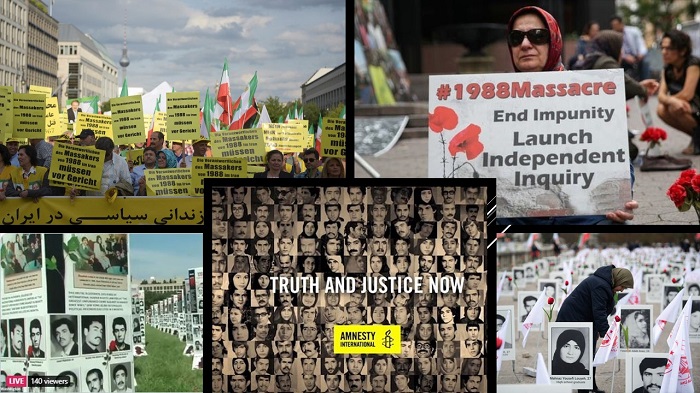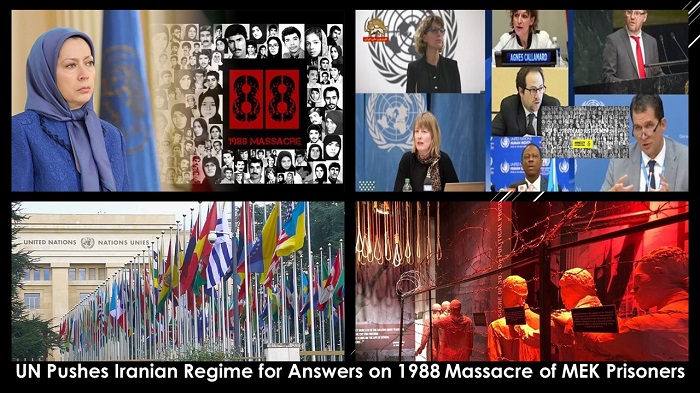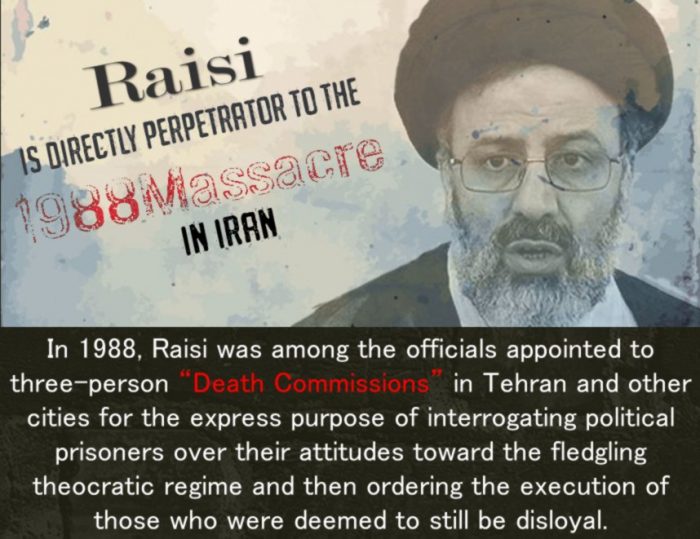

Regime officials, on the other hand, exploited mass transfers around the time of the 1988 massacre to speed up the killings while also concealing their scale.
The massacre of over 30,000 people
The death toll from the massacre is currently estimated to be over 30,000 people. However, it is important to note that this is the floor, not the ceiling, of a possible final estimate. Activists arrived at that figure by examining historical prisoner admission and transfer data, as well as interacting with survivors and relatives of many of those who went missing during the summer of 1988. Furthermore, many families have been coerced into silence as a result of their loved ones’ disappearances, and those who have spoken out have suffered terrible consequences.
In September, UN Secretary-General Antonio Guterres gave a report to the United Nations General Assembly on Iran’s human rights record, including one incidence of such intimidation. He pointed out that Maryam Akbari Monfared is serving a 15-year sentence for her role in peaceful protests in 2009, and that “harassment against her escalated after she filed a formal complaint, seeking an official investigation into the 1988 executions of political prisoners, including her siblings.”

That legal complaint was a particularly brave example of an individual actively confronting the regime over previous atrocities, especially given that other family members of the massacre’s victims had received significantly less punishment. Following politically motivated arrests, this punishment can take the form of mere threats of violence, or it can take the form of actual brutality over extended periods of interrogation. The father of one of the massacre victims was subjected to mock execution only because he indicated a desire to conduct a memorial for his son, and in at least one case, that arrest led to prosecution and jail.
Seven UN human rights experts addressed an open letter to Iranian authorities last year, urging transparency in the aftermath of the massacre in 1988. The letter notably requested that the pressure campaign against survivors and victims’ families be ended, but it seemed to concede that the regime’s chances of responding meaningfully were minimal.

A devastating impact on the survivors
“The failure of these bodies to act had a devastating impact on the survivors and their families, as well as on the general situation of human rights in Iran,” the letter said, “and emboldened Iran to continue… a strategy of deflection and denial that continues to this day.”
Although UN experts did not say so, the 1988 massacre’s impact was most visible towards the end of 2019 and the beginning of 2020, when regime authorities carried out a historic crackdown on widespread anti-government protests that erupted in November 2019. Within the first few days of the uprising, over 1,500 people were killed, and over 12,000 people were incarcerated. Many of those detained were subjected to months of torture in a variety of institutions and detention centers.

The Iranian court was in the hands of Ebrahim Raisi
It’s no accident that the Iranian court was in the hands of Ebrahim Raisi, a notorious clerical judge whom I and other political prisoners refer to as the “henchman” or “butcher” of 1988, due to his prominent involvement in the massacre that year. Raisi was one of four members of the Tehran “death commission” tasked with carrying out Ruhollah Khomeini’s fatwa ordering the mass murder of known and suspected members of Iran’s main pro-democracy opposition organization, the People’s Mojahedin Organization of Iran.
Raisi’s rise within the regime, according to Amnesty International, is a “grim reminder of the fact that impunity reigns supreme in Iran.” It is now more important than ever for the international community to challenge impunity, which it may do by conducting formal inquiries into the 1988 massacre, which might provide the most complete account of the massacre to date.

Follow Maryam Rajavi’s on her site Twitter & Facebook and follow NCRI (Twitter & Facebook)
and follow NCRI (Twitter & Facebook)
MEK Iran (on Twitter and Facebook)
and People’s Mojahedin Organization of Iran – MEK IRAN – YouTube







